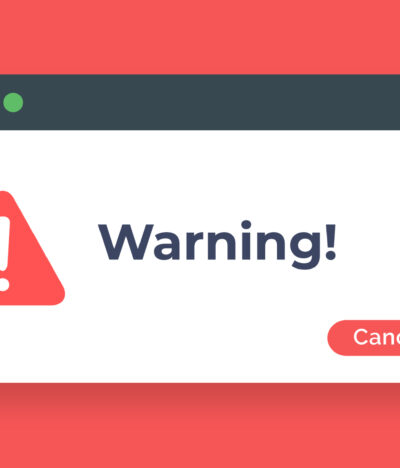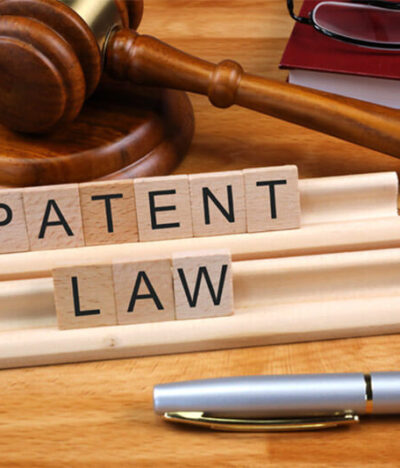Copyright and Fair Use in Australia: How to safeguard Creativity and Innovation
Copyright is a kind of Intellectual Property Right that grants exclusive rights to the creators of original works. It serves as a means of protecting and rewarding creative endeavours, ensuring that creators have control over how their works are used and distributed. Under copyright law, the creators of literary, artistic, musical, and other original works are granted certain rights and protections.
When an original work is created and fixed in a tangible form, such as being written down or recorded, copyright protection is automatically established. This protection gives the creator the exclusive rights to reproduce, distribute, display, perform, and create derivative works based on their original creation. These rights provide creators with the ability to monetise their works and make decisions regarding their use.
What is Copyright?
Copyright is a form of legal protection that grants exclusive rights to the creators of original works such as literary works, artistic creations, musical compositions, films, sound recordings, computer programs etc. The Copyright Act 1968 is the primary legislation governing copyright law in Australia, outlining the rights and responsibilities of copyright owners and users.
Copyright Protection in Australia
In Australia, copyright protection is automatically granted to creators as soon as their original work is created and expressed in a tangible form. Unlike some countries, such as the United States, Australia does not require registration or the inclusion of copyright notices for works to be protected. This “automatic protection” extends to both Australian creators and works from other countries that are covered by international copyright treaties.
Rights of Copyright Owners
Copyright owners in Australia enjoy several exclusive rights over their creations. These rights include the right to reproduce the work, communicate it to the public, publish it, perform it, and make adaptations or derivative works based on the original. These rights provide creators with control over how their works are used, distributed, and monetised, enabling them to benefit from their creative efforts.
The copyright does not protect, ideas or titles, writing styles or techniques.
Moral Rights
The copyright of a work also grants the moral rights to the creator which are intended to protect the reputation and integrity of creators, ensuring that they are recognised and respected for their contributions to their creative works. Moral rights protect the non-economic interests and personal connection of creators to their works.
Moral rights ensures that the author or creator of a work is properly attributed or credited whenever the work is used, published, or displayed. It allows authors to be acknowledged for their contributions and protects authors from having their work falsely attributed to someone else.
Duration of Copyright Protection
The duration of copyright protection in Australia varies depending on the type of work. Generally, copyright protection lasts for the life of the creator plus 70 years. In the case of anonymous works, the duration is 70 years from the year of first publication, while for sound recordings and films, the protection lasts for 70 years from the year of release.
Enforcement and Remedies
Infringement of copyright in Australia can lead to legal consequences. Copyright owners can take legal action against individuals or organisations that use their works without authorisation. Remedies for copyright infringement may include injunctions, damages, account of profits, and the seizure and/or destruction of infringing copies.
Fair Use
While copyright grants exclusive rights to creators, it also recognizes the importance of access to and use of copyrighted material for specific purposes. Fair use is a vital exception to copyright law that permits the use of copyrighted material without permission from the copyright owner. In Australia, fair use is referred to as fair dealing, and it allows for specific uses under prescribed circumstances.
Under the fair dealing provisions under the Copyright Act 1968, certain acts are considered permissible without infringing copyright. The fair dealing allows the following:
- Fair dealing allows for the use of copyrighted material for research or study purposes. This provision enables students, researchers, and scholars to utilise copyrighted works for educational and non-commercial purposes.
- Fair dealing permits the use of copyrighted material for criticism or review. This provision allows individuals to quote from or reference copyrighted works when providing commentary, analysis, or evaluation.
- Fair dealing allows for the use of copyrighted material for the purpose of news reporting. Journalists and news organisations can include excerpts, images, or audio-visual content from copyrighted contents when reporting current events.
Fair dealing encompasses the use of copyrighted material for the purpose of parody or satire.
Determining Fair Dealing
Determining fair dealing in Australia involves assessment of each case and facts, considering factors such as the purpose and character of the use, the amount and substantiality of the portion used, the nature of the copyrighted work, and the effect of the use on the market for the original work. It is essential to strike a balance between the interests of copyright owners and the public interest in accessing and using copyrighted material.
Copyright infringement
Copyright infringement occurs when someone uses copyrighted content, such as music, without the permission of the copyright owner. Using copyrighted music for commercial purposes involves incorporating the content into advertisements, promotional videos, background music for retail stores, or other commercial activities. Even if the use is unintentional, commercial use carries higher risks and no defence of Fair Use can be obtained by the unauthorised user which leads to legal consequences and financial implications for the same.
Let’s take an hypothetical example where Mr ABC is the owner of a small local business, which specializes in custom cakes and pastries. The business has a vibrant social media presence and regularly shares videos showcasing their delicious creations. One day, while preparing a promotional video, the owner unknowingly includes a popular copyrighted song as background music without obtaining the necessary permissions or licenses. Unfortunately, the copyright owner of the song recognizes the unauthorised use of their copyrighted music for commercial purposes. They promptly send a cease and desist notice to Mr ABC, demanding the removal of the video and seeking compensation for copyright infringement.
Even if Mr ABC showed how copyrighted music was being used unintentionally for commercial reasons despite their ignorance, they were still subject to legal repercussions and had to move quickly to correct the situation. In order to minimise inadvertent copyright infringement and safeguard the interests of both creators and businesses, it is crucial to understand copyright laws, secure the appropriate licences, and do due diligence.
Practical Takeaways
- Copyright and fair use are integral components of intellectual property law, striking a delicate balance between protecting the rights of creators and fostering the advancement of knowledge and creativity. While copyright grants exclusive rights to creators, fair use provisions allow for limited use of copyrighted works without permission for specific purposes such as criticism, commentary, education, and transformative works.
- Some ways to protect your copyright in Australia:
- Displaying the copyright symbol (©), along with your name and the year of creation, on your work can help to show that the work is protected by copyright.
- Maintain records of your creative works, including dates of creation, revisions, and any relevant documentation.
- Incorporate copyright notices on your works, such as “All rights reserved” or “Unauthorised copying is prohibited.”
- Use licensing agreements to grant permissions for the use of your copyrighted works.
- Keep an eye on any unauthorised use of your copyrighted works. Regularly conduct searches for instances of infringement and take appropriate action to enforce your rights, such as sending cease and desist letters or seeking legal remedies if necessary.
If you have concerns about copyright protection or need assistance with specific legal matters related to copyright, please feel free to seek our assistance at Bookmark IP.








